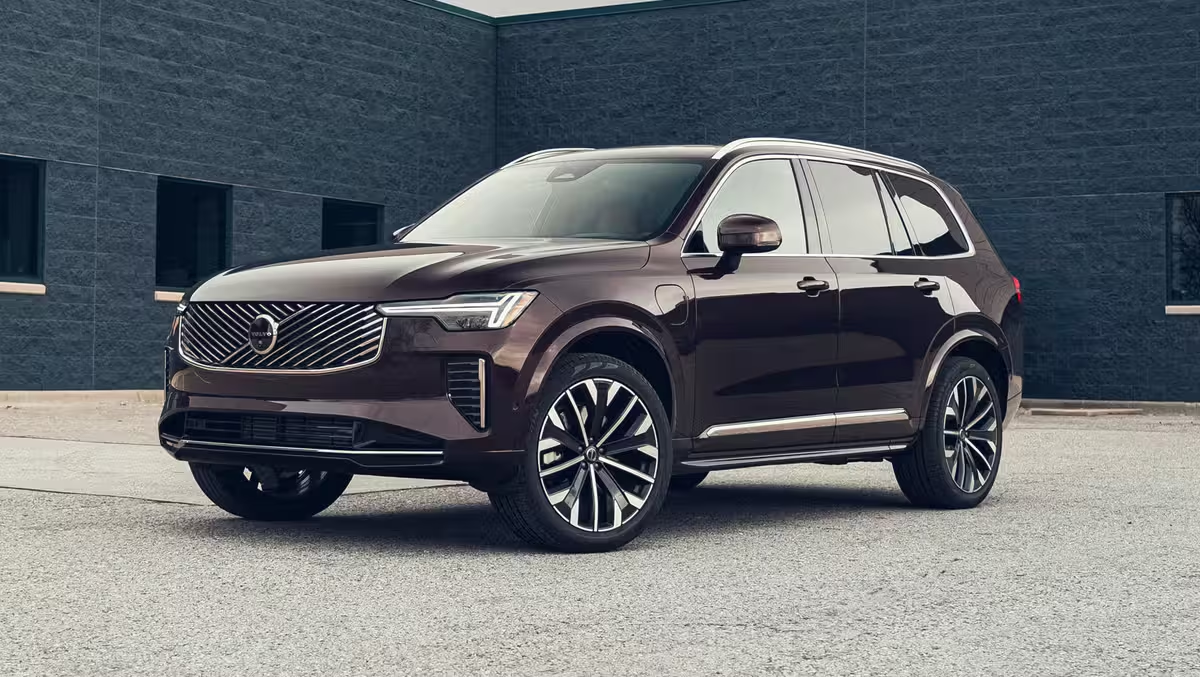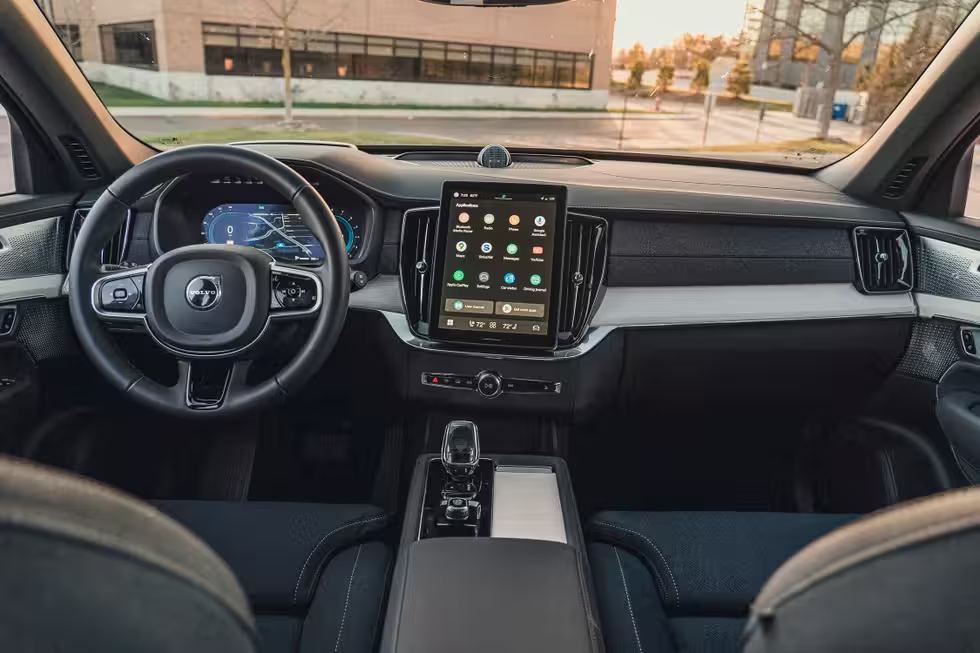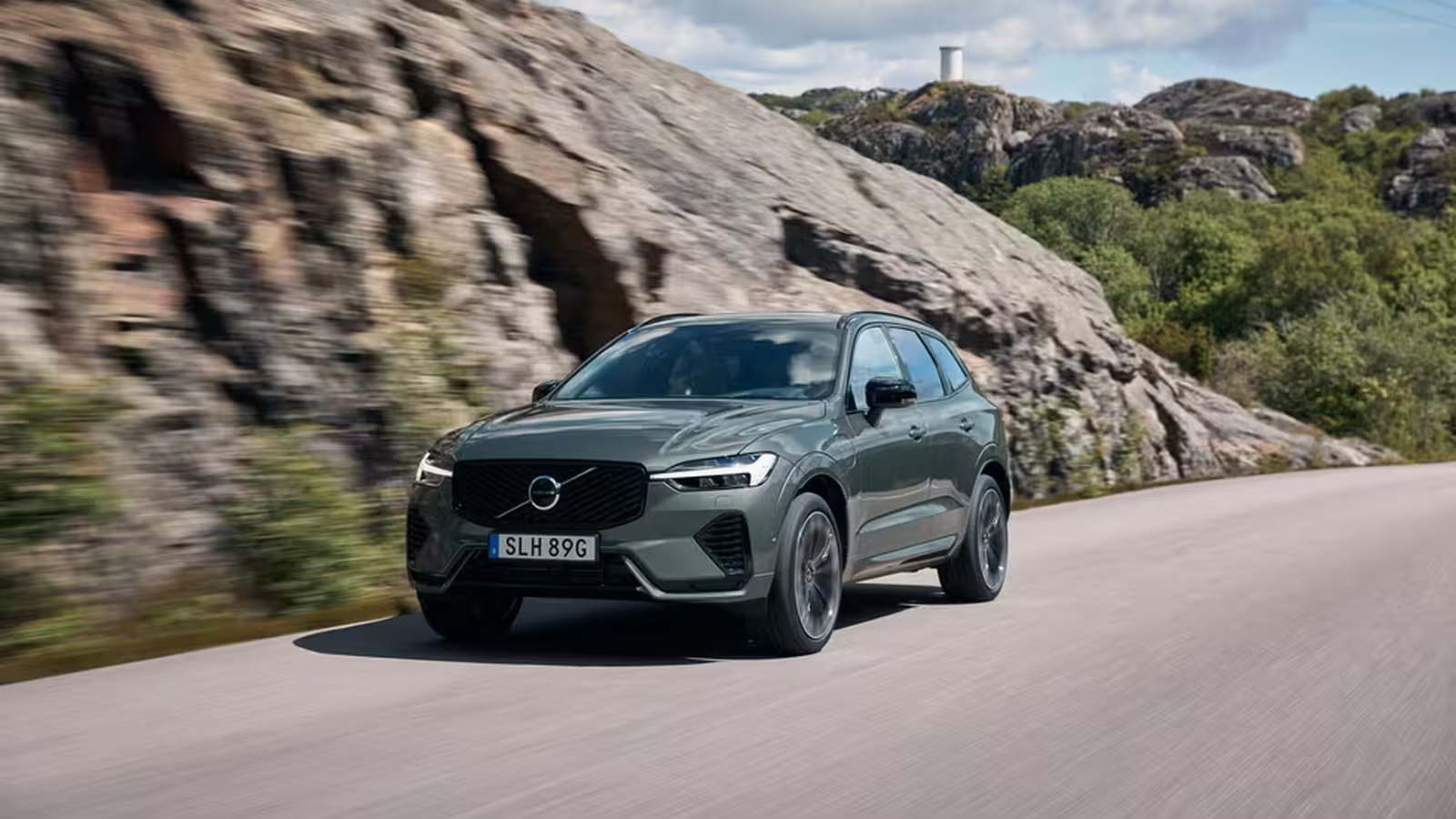3 Minutes
Volvo Shifts XC60 and XC90 Production to the United States
Volvo Cars is making strategic moves in response to evolving trade policies and market demands, preparing to launch U.S.-based production of its popular XC60 and XC90 SUVs. According to recent reports from Automotive News, this shift will help Volvo adapt to tariff pressures while bringing manufacturing closer to its core North American customer base.
Production Timeline and Location
Industry insiders have revealed that the Volvo XC60 will begin rolling off the production line at Volvo's state-of-the-art facility near Charleston, South Carolina in January 2027. The larger and more luxurious XC90 will follow, with U.S. production scheduled to start in October 2028. These new plans align with Volvo’s commitment to optimize its manufacturing footprint and increase operational efficiency by producing vehicles near key markets.
Meeting Demand with American-Made SUVs
Volvo’s South Carolina plant currently operates well below its maximum capacity of 150,000 vehicles per year. By shifting the assembly of the XC60 and XC90 crossovers to the U.S., Volvo aims to better serve American customers, minimize delivery times, and potentially reduce costs affected by import tariffs. While official representatives from Volvo have declined to discuss specifics about future products, the company continues to emphasize its strategy of "building where we sell"—a philosophy that underscores the importance of local manufacturing to ensure adaptability and enhanced customer satisfaction.

Vehicle Specifications and Performance
Both the Volvo XC60 and XC90 are acclaimed mid-size luxury SUVs known for their Scandinavian design, advanced safety systems, and smooth performance. The XC60, a two-row SUV, boasts a refined interior, cutting-edge infotainment, and efficient hybrid powertrains. The XC90, Volvo’s flagship three-row SUV, offers ample space, powerful engine options—including plug-in hybrid variants—and state-of-the-art driver assistance features. Local manufacturing could allow even more customization for American buyers and may enhance the value proposition of these award-winning crossovers.
Market Position and Competitive Landscape
By moving XC60 and XC90 production to South Carolina, Volvo positions itself to better compete with luxury SUV rivals such as BMW, Mercedes-Benz, and Lexus, who already produce key models in the U.S. domestic market. This local approach could enhance Volvo’s competitiveness, ensuring quicker delivery, better pricing strategies, and a more robust presence in the lucrative American SUV segment.

What This Means for Volvo and U.S. Car Buyers
This production shift promises multiple benefits: reduced tariff exposure, increased job opportunities, and a stronger bond between Volvo and American consumers. With the Charleston plant set to become a key hub for Volvo’s best-selling crossovers, customers can expect high-quality, locally produced vehicles featuring the latest in safety, technology, and Scandinavian luxury.
Source: caranddriver


Leave a Comment